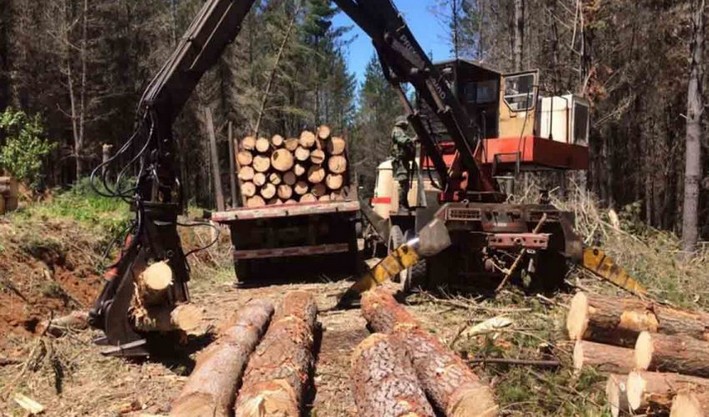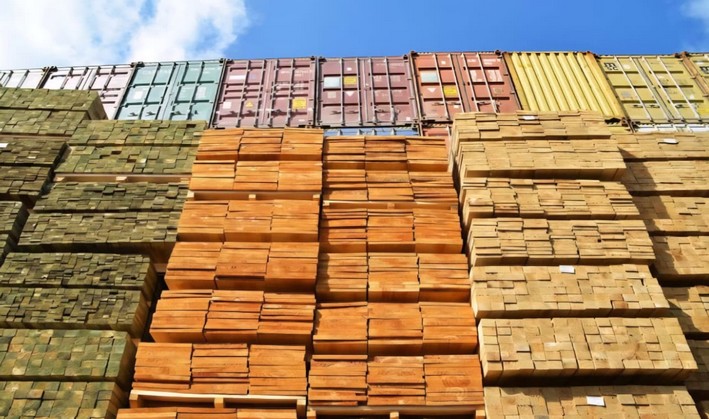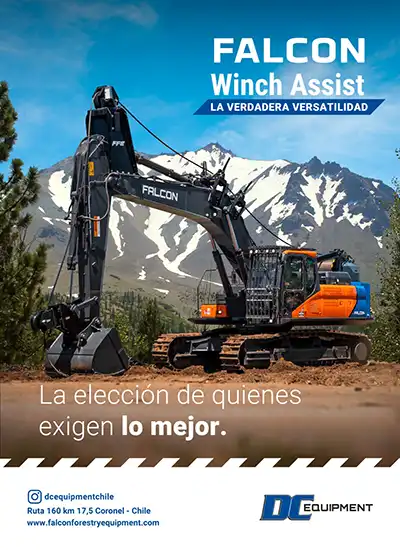Soil, Fire, and Restoration: Scientists Analyze New Strategies to Address Wildfire Impacts
In recent weeks, the communes of Mulchén, Tucapel, and Los Ángeles faced six active wildfires, with a devastation area exceeding 5,000 hectares.
The emergency forced evacuations, school suspensions in several communes, and a regional alert declared by the National Disaster Prevention and Response System.
However, beyond the visible damage, wildfires have profound effects on soil and ecosystems, with consequences lasting for years.
"Once the fire is extinguished, another equally critical phase begins: landscape recovery and soil restoration. Without proper management, burned ecosystems can become higher-risk areas, prone to erosion, less fertile, and with reduced capacity to withstand future fire events," says Dr. Sergio Contreras, a researcher at the Department of Environmental Chemistry at the Universidad Católica de la Santísima Concepción (UCSC).
The academic explains that after a fire, one of the main elements formed is pyrogenic carbon, a type of charcoal that infiltrates soils and alters their structure and function. "This material can be beneficial in certain concentrations, but if not managed correctly, it disrupts nutrient dynamics, inhibits plant regeneration, and can increase surface runoff, which in turn raises the risk of erosion and flooding," he adds.
These concerns are central to the research project recently awarded by ANID and led by Dr. Contreras and Dr. Gustavo Saiz, both academics at UCSC's Faculty of Sciences, titled 'Science and Innovation to Assess the Impacts of Wildfires on South-Central Chile’s Ecosystems and Generate Fire-Resilient Landscape Proposals Based on Different Environmental Change Scenarios.' The initiative aims to scientifically evaluate the ecological and chemical effects of fire to develop comprehensive restoration strategies tailored to each territory's unique conditions.
"We need to rebuild the landscape intelligently. It’s not just about reforestation but rethinking which species are planted, how they are distributed, and their role in fire resistance," states Dr. Saiz, an academic at UCSC's Department of Environmental Sciences. In his view, continuing to replicate monoculture plantations without biological corridors or fuel management is a recipe for repeating current disasters.
Both researchers agree that these decisions must be based on scientific evidence, in coordination with local communities, and considering climate change projections. "Putting out the fire isn’t enough—we must prevent the next one from being worse," emphasizes Contreras.
The message from UCSC scientists is clear: move toward restoration that not only repairs damage but transforms landscapes into more resilient, sustainable, and safer systems for future generations. Science is ready to guide this process, but it requires willpower, planning, and a shared vision for the land.
Source:La Discusión










